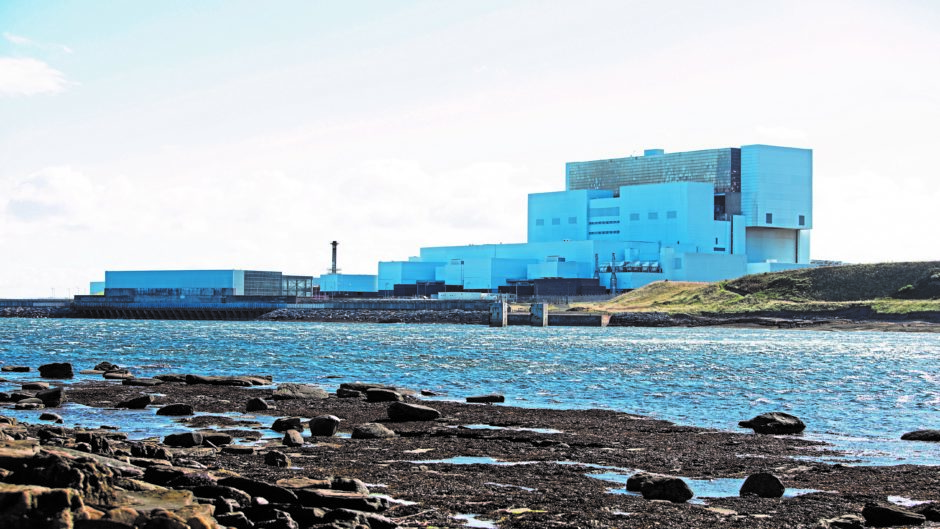
Thirty years ago, legislation to privatise Scotland’s electricity industry was completing its passage through parliament. It created outcomes which were never intended and are ripe for review.
Looking back to the parliamentary debates, the arguments put forward in support of privatisation bear little relationship to subsequent reality. The new companies were to compete with each other for the affections of Scottish consumers. There was to be protection from foreign takeover, and so on.
The Tory government of the day changed its plans several times. First, it was going to create a single Scottish electricity company but retreated because this would have been open to challenge on grounds of monopoly.
So it created two mini-monopolies – the North of Scotland Hydro Electric Board became Scottish Hydro (later part of SSE) and the South of Scotland Electricity Board became Scottish Power, later to be acquired by Iberdrola.
The other big change from the original plans was for nuclear to be excluded. Initially, Hunterston and Torness (which was about to be commissioned) were to be included in privatisation of the two companies before it dawned that the risk factor would make them unsaleable.
So a third company – Scottish Nuclear – was created which later became part of privatised British Energy and then ended up back in public ownership. The difference is that the French public now owns our nuclear power stations.
Privatisation in Scotland was different from the rest of the country. Ministers of the day argued for vertical integration – the privatised companies would be responsible for generation, distribution and retail supply.
This was acknowledgement that the two boards had been popular and respected for delivering good service, in all weathers, at reasonable cost. Crucially in the north of Scotland, there were no differential tariffs dependent on remoteness and this was written into the legislation.
At that time, generation within Scotland was based on coal and nuclear with huge surplus capacity.
Apart from hydro, which was the proud basis of the North board, there was virtually no contribution 30 years ago from renewables and the grid was structured around the great power stations of the central belt. What nobody envisaged was the importance “rewiring Scotland” would acquire, in order to connect renewables to the grid.
Probably, if that transition had been foreseen, there would have been very different legislation. What seemed rational in 1989 – maintaining vertical integration – became a licence to print money for the two privatised companies once the renewables revolution was triggered a decade later.
For starters, it put them in pole position as generators to clean up on the subsidies which became available to stimulate the onshore wind industry. It was an opportunity they grabbed with both hands but gave precious little back to the Scottish economy.
While both SSE and Scottish Power gained consents for massive wind projects with easy grid access, neither of them made any commitment to Scottish industry. For them it was purely an economic decision and they opted for imported turbines from Denmark, Spain and Germany.
But the conflicts of interest which have arisen in the age of renewables go much deeper than that. When the legislation was going through, there were assurances from Malcolm Rifkind, as Secretary of State for Scotland, that regulation would ensure that “consumers are properly protected and other matters properly dealt with”.
Even if he had wished to, Mr Rifkind could scarcely have envisaged the “other matters” which would arise. Whereas generation had been the virtual monopoly of state companies with very large power stations, diversification into renewables brought in large numbers of players, large and small.
The one thing they had in common was that they all had to go through Scottish Power or SSE for grid connections and myriad other matters in which these privatised giants had huge interests of their own.
It has always puzzled me why there has been so little scrutiny of how the privatised electricity industry, conceived of in another age, serves the Scottish economy.
Energy responsibilities are divided between Whitehall and Holyrood but it is well within the powers of a Holyrood committee to mount a serious inquiry into this important element of the Scottish economy.
Are the two companies simply too powerful for our politicians to question?
Brian Wilson is a former UK energy minister.
Recommended for you
